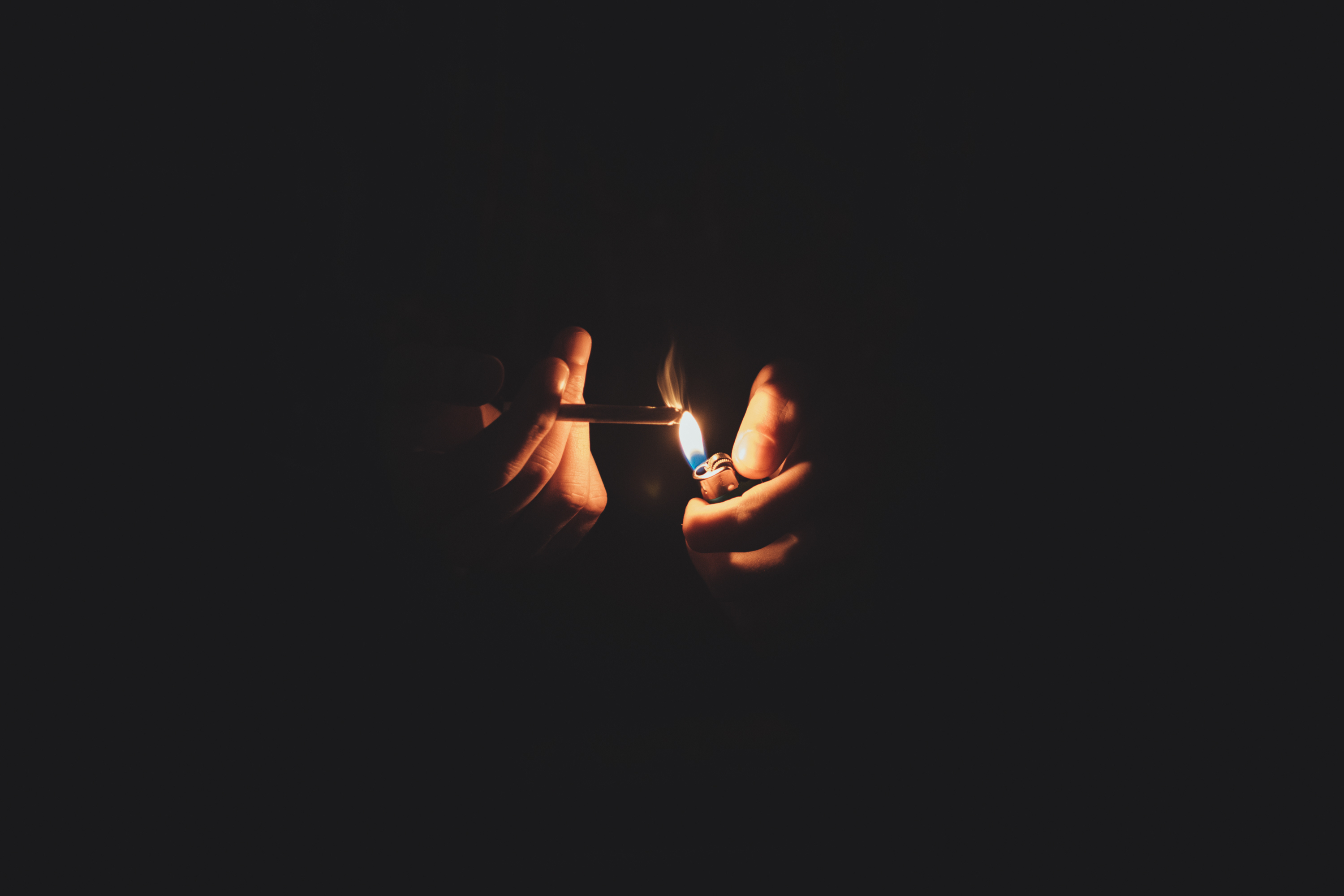National Weed Day: 4/20, explained

It’s 4/20, the day tens of thousands of Americans gather around the country to celebrate a drug that remains illegal in most of the country: marijuana.
Why is 4/20 National Weed Day? There are a few theories.
There are a few possible explanations for why marijuana enthusiasts’ day of celebration landed on April 20, but the real origin remains a bit of a mystery.
Steven Hager, a former editor of the marijuana-focused news outlet High Times, told the New York Times that the holiday came out of a ritual started by a group of high school students in the 1970s. As Hager explained, a group of Californian teenagers ritualistically smoked marijuana every day at 4:20 pm. The ritual spread, and soon 420 became code for smoking marijuana. Eventually, 420 was converted into 4/20 for calendar purposes, and the day of celebration was born. (A group of Californians published documents giving this theory legitimacy, but it’s unclear if their claims are valid.)
One common belief is that 420 was the California police or penal code for marijuana, but there’s no evidence to support those claims.
Another theory is that there are 420 active chemicals in marijuana, hence an obvious connection between the drug and the number. But there are more than 500 active ingredients in marijuana, and only about 70 or so are cannabinoids unique to the plant, according to the Dutch Association for Legal Cannabis and Its Constituents as Medicine.
A lesser-known possibility comes from the 1939 short story “In the Walls of Eryx” by H.P. Lovecraft and Kenneth Sterling. The story describes “curious mirage-plants” that seemed fairly similar to marijuana and appeared to get the narrator high at, according to his watch, around 4:20. Since the story is from 1939, it’s perhaps the earliest written link between marijuana and 420.
Whatever its origins, 4/20 has become a massive holiday for cannabis aficionados.
4/20 is the biggest single-day celebration of marijuana
What 4/20 stands for varies from person to person. Some people just want to get high and have fun. Others see the day as a moment to push for legalization or celebrate legalization now that more states are adopting it and it has popular opinion behind it.
Back in the 1970s, 4/20 was part of a smaller counterculture movement that embraced marijuana as a symbol to protest against broader systemic problems in the US, like overseas wars and the power of corporations in America.
In recent years, marijuana legalization activists have tried to bring a more formal aspect to the celebration, framing it as a moment to push their political agenda. Organizers for the 2014 Denver rally — during the first year marijuana sales were legal in the state — put out a statement comparing the battle for legal marijuana to “the time when Jews fled from slavery in Egypt,” a moment commemorated in Passover celebrations. “This year’s rally represents the continuing fight for freedom from economic slavery for marginalized members of our community and a rebirth of creative genius that will get us there,” they wrote.
Legalization is turning 4/20 into a commercial holiday
Originally 4/20 was a counterculture holiday to protest, at least in part, the social and legal stigmas against marijuana. Marijuana legalization undercuts that purpose: As big businesses and corporations begin growing and selling pot, marijuana will slowly lose its status as a counterculture symbol — and that could bring the end of the traditional, countercultural 4/20.
The pot industry has also gotten directly involved in 4/20 events. The Cannabis Cup, for example, has become a major event at Denver’s 4/20 rallies, where hundreds of vendors show off their finest marijuana products to more than 40,000 attendees. The event has steadily grown over the years, featuring big concerts from notable musicians like Snoop Dogg, Soja, and 2 Chainz, as well as a wide collection of marijuana businesses as sponsors.
The Cannabis Cup is only one of many events, which also include comedy shows (like Cheech and Chong), marijuana-friendly speed dating, and trade shows for glass pipes and bongs, offering businesses and celebrities various opportunities to push their products and brands.
Some people don’t attend the public festivities at all, choosing instead to stay home and enjoy a joint (or more) with their friends. For them, 4/20 likely remains a more casual affair void of big sponsorships and marketing.
But in public, 4/20 is increasingly becoming a commercial holiday.
4/20’s shift shows how marijuana legalization will change weed
The shift in 4/20 from a counterculture holiday to a more corporate one shows how legalization is changing marijuana.
If marijuana companies are able to act like the tobacco and alcohol industries have in the past, there’s a good chance that they’ll convince more Americans to try or even regularly use marijuana, and some of the heaviest users may use more of the drug. And as these companies increase their profits, they’ll be able to influence lawmakers in a way that could stifle regulations or other policies that curtail cannabis misuse. All of that will likely prove bad for public health.
Now, the situation almost certainly will not be as bad as alcohol, since alcohol is simply more dangerous than marijuana. Pot’s risks, for one, tend to be nonfatal or at least much less fatal than alcohol: dependence and overuse, accidents, non-deadly overdoses that lead to mental anguish and anxiety, and, in rare cases, psychotic episodes. Marijuana has never been definitively linked to any serious ailments — not deadly overdoses, lung disease, orschizophrenia. And it’s much less likely — around one-tenth so, based on data for fatal car crashes — to cause deadly accidents than alcohol.
But these risks are still risks. Yet as the marijuana industry grows, it’s likely that these will be issues that the industry just doesn’t care much about — and it will market its product excessively for as much profit as possible, even if it means more public health or safety problems along the way.
Today, 4/20 is an example of this shift in action — showing cannabis’s evolution from a counterculture symbol to just another commodity that big companies can make a lot of money from.




